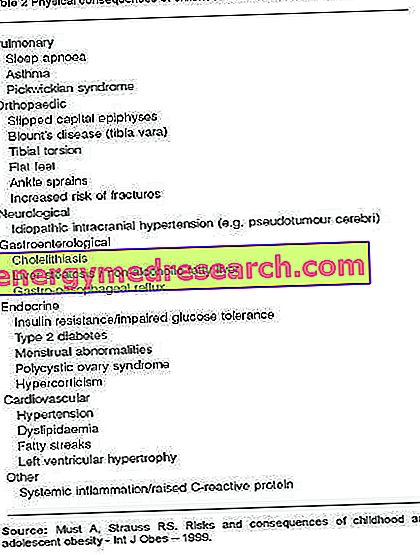Related articles: Septic shock
Definition
Septic shock is a potentially lethal systemic syndrome due to a severe infection with sepsis. It represents therefore the result of the diffusion, through the blood, of an infection initially localized. Septic shock, then, occurs when bacteremia produces alterations in the circulation that reduce tissue perfusion to critical levels. Through various stages, the condition leads to severe arterial hypotension and to sequential or contemporary dysfunction of many organs.
Most cases of sepsis are caused by Gram-negative bacilli or nosocomial Gram-positive cocci. Often, septic shock occurs in immunocompromised patients and with chronic and debilitating diseases (eg AIDS, diabetes mellitus, lymphomas and cirrhosis).
Predisposing factors include leukopenia (especially if associated with malignant tumors and therapies with cytotoxic drugs) and the use of invasive medical devices (including endotracheal tubes, vascular or urinary catheters).
Most common symptoms and signs *
- Respiratory acidosis
- Anuria
- Chills
- Cachexia
- Cyanosis
- Dyspnoea
- Bruising
- Hepatomegaly
- Ease of bleeding and bruising
- Temperature
- Increased blood urea
- Hyperventilation
- Hypocalcemia
- Hypoxia
- Hypotension
- Hypothermia
- Hypovolemia
- Jaundice
- Leukopenia
- meningism
- Nausea
- oliguria
- Pallor
- petechiae
- thrombocytopenia
- Paradoxical pulse
- Confusional state
- Tachycardia
- tachypnoea
- Uremia
- He retched
Further indications
Septic shock is characterized by acute circulatory failure, followed by a drastic collapse of arterial pressure and a multi-organ failure. Symptoms of sepsis usually precede septic shock, with the peculiarity that organ hypoperfusion and hypotension are poorly responsive to initial fluid resuscitation.
Hypoperfusion results from the combined effects of generalized vasodilation, reduced cardiac function and intravascular disseminated coagulopathy (CID). Warning signs include fever with shivering, tachycardia, tachypnea, oliguria, coagulopathies and confusion. The skin may initially be hot and red.
As the shock progresses, it is possible to observe hypothermia, sensory impairment, consistent reduction of diuresis, respiratory failure, reduction in volume, respiratory and metabolic acidosis. The skin becomes pale and, in the later stages, cyanotic with petechiae and ecchymoses.
With the development of septic shock, dysfunctions develop on many organs, including kidneys, lungs and liver; heart failure and disorders of the central nervous system may also occur.
Treatment for septic shock includes antibiotics, management of the underlying disease and support of organ dysfunction.



